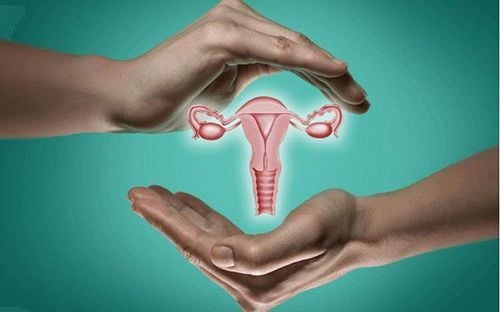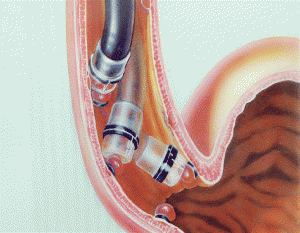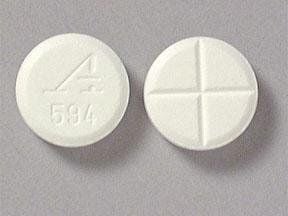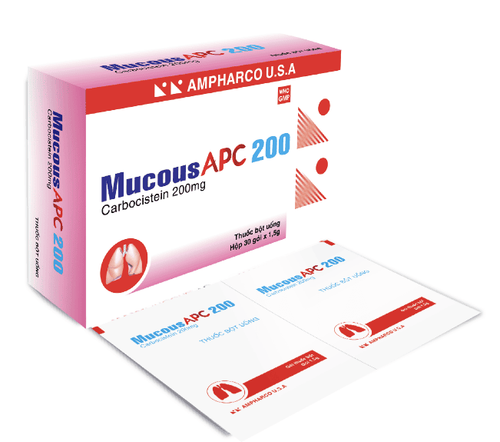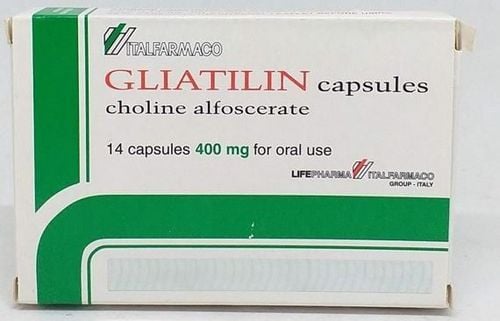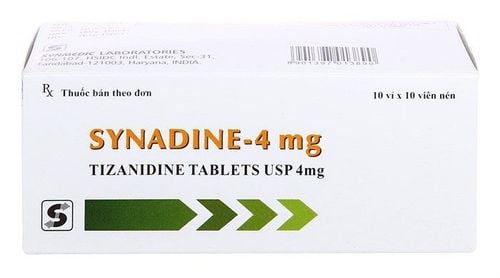This is an automatically translated article.
The article was professionally consulted by Specialist Doctor I Ho Quoc Tuan - Anesthesiologist - General Surgery Department - Vinmec Nha Trang International General Hospital. Doctor Quoc Tuan has many years of experience in the field of Anesthesia - Resuscitation.Patients with multiple trauma are those with at least 2 serious, life-threatening injuries. After being admitted to the emergency hospital, undergoing evaluation steps, the operating team will be organized under trauma-resuscitation anesthesia.
1. Patients with multiple trauma
By definition, multiple trauma is a patient with 2 or more severe injuries in different regions or organs, of which at least 1 is life-threatening (causes respiratory dysfunction). - cyclic).Features of multiple trauma:
Complexity, loss of blood, circulatory disorders - severe acute respiratory, with increased risk of exacerbation; Diagnosis is difficult and easy to miss because symptoms of many other lesions are masked; Prognosis is also quite difficult; Treatment is difficult, especially the decision to prioritize the treatment of lesions. Functional disorders in multiple trauma :
Respiratory disorders As a result of circulatory failure, pain or increased metabolic demands due to trauma. Some injuries leading to respiratory disorders include: Fracture of ribs, mobile rib plaques, pneumothorax, bronchial lung damage, maxillofacial trauma, ...
Circulatory disorders Decreased amount of static blood Returning vessels and blood loss are the underlying causes, in addition to cardiac tamponade or spinal cord injury. Clinically, it can be divided into 3 groups: hemorrhagic shock, cardiac tamponade and myelosuppressive shock.
Disorders of consciousness May be caused by traumatic brain injury or brain damage, increased intracranial pressure or secondary cerebral hypoxia.
2. Steps to evaluate and manage multiple injuries
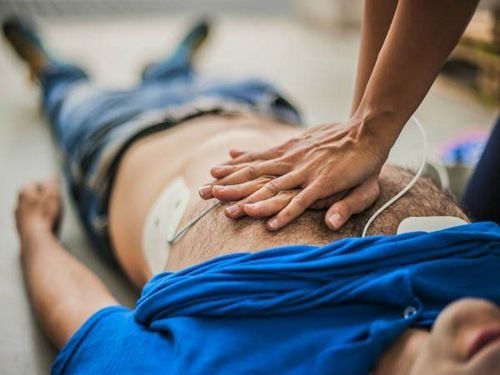
2.1. Pre-hospital emergency classification assessment The purpose is to identify trauma victims in need of emergency care, treatment and priority. Pre-hospital emergency measures are also divided into 2 levels:
Non-invasive first aid: CPR, extrathoracic compression, fixation of broken bones and transport of the victim; Invasive emergency: Intubation, intravenous catheterization and drug injection... 2.2. Steps of emergency assessment, hospital treatment Initial assessment and resuscitation The aim is to detect and assess the extent of the injury that is directly threatening to life, if not treated promptly, death will result. Approach system A (Airway - Airway control) - B (Breathing - Ensure ventilation) - C (Circulation - Assess circulatory status and hemostasis) is being widely applied. There is also a D (Disability - Assessment of nervous system function) and E (Exposure - Comprehensive assessment and disclosure).
Step 2 Evaluation To be performed after the initial assessment and synthetic resuscitation is completed. This step will do a comprehensive examination to determine the damage, assess the extent, find tactics and treatment methods. The content is a comprehensive clinical examination from head to toe, indication and implementation of subclinical techniques for diagnosis.
Monitoring and re-evaluating This is a regular practice during the emergency and multi-trauma treatment. The purpose is to confirm that no lesions are missed before treatment.
True treatment The order of priority in treatment and management of multiple injuries includes: Emergency surgery (airway obstruction, severe hemothorax...) - Emergency surgery without delay (bleeding). intra-abdominal bleeding, trauma to the chest, skull, eyeball or hollow viscera) - Delayed surgery (vertebral fracture, limb bone, regional or soft tissue injury).
Normally, there will be 2 surgical teams held in parallel under the direction of an anesthesiologist and trauma resuscitator.
3. Anesthesia regimen in multi-trauma patients
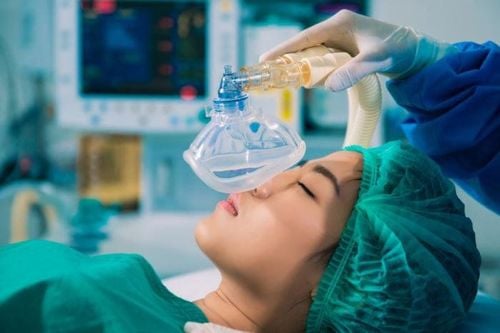
3.2. Induction of anesthesia Prepare adequate means of support; Team must have 3 people; Withdrawal of gastric tube before induction of anesthesia; Place the patient's head and neck as supine as possible; Depolarizing muscle relaxants with Succinylcholine 1.5 -2 mg/kg; Insert the Mandrin stick into the endotracheal tube; Start the oxygen saturation meter (SpO2); Inject the rapid induction of anesthesia in the order of low dose Fentanyl 1 - 2 mcg/kg ➝ Profofol 1.5 - 2 mg/kg ➝ Suxamethonium 1 - 2 mg/kg. Ketamine may be used in patients with multiple severe trauma and hypotension; Note not ventilation at the induction stage; Do the Sellick maneuver (laryngeal cartilage compression) to reduce the risk of aspiration; Conduct intubation earlier than usual when myoclonus begins to appear in the head and face; Ventilate by squeezing balloons with 100% oxygen for 3-5 minutes before fitting the ventilator.
3.3. Maintain passion
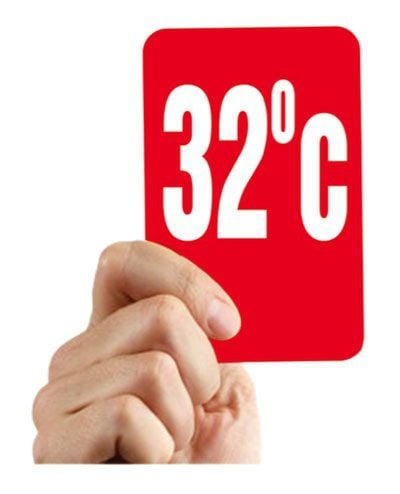
Hypothermia. In addition, it is also necessary to coordinate with the surgeon to limit heat loss in the surgical area.
Hemorrhagic shock Replace with 6% Gelofundin or HAES crystals, or a combination of the two solutions above in the ratio 3:1. Resuscitation maintains the erythrocyte volume index at 30 - 33%.
Acute renal failure Insert a bladder catheter to monitor urine output, as well as ensure adequate circulating volume. At the same time use diuretics at the right time (Manitol, Lasix should be used soon).
Some drugs used in the maintenance of anesthesia are:
Isoflurane 1 - 3% or sevoflurane 1 - 2%; Fentanyl bolus dose 0.05 - 0.1 mg/30 minutes; Intravenous Pavulon / Arduan dose 0.04 - 0.08 mg/kg or Esmeron 0.5 mg/kg.
3.4. Out of coma

Vinmec International General Hospital is the address for examination, treatment and prevention of many diseases. Accordingly, in order to improve the process of health examination, emergency and surgical treatment, Vinmec has been providing modern anesthetic medical equipment and anesthetic drugs suitable for the patient's condition. In particular, the technicians, doctors, and nurses who perform anesthesia and emergency treatment are all well-trained specialists who will bring the best treatment results to customers. .
Please dial HOTLINE for more information or register for an appointment HERE. Download MyVinmec app to make appointments faster and to manage your bookings easily.





